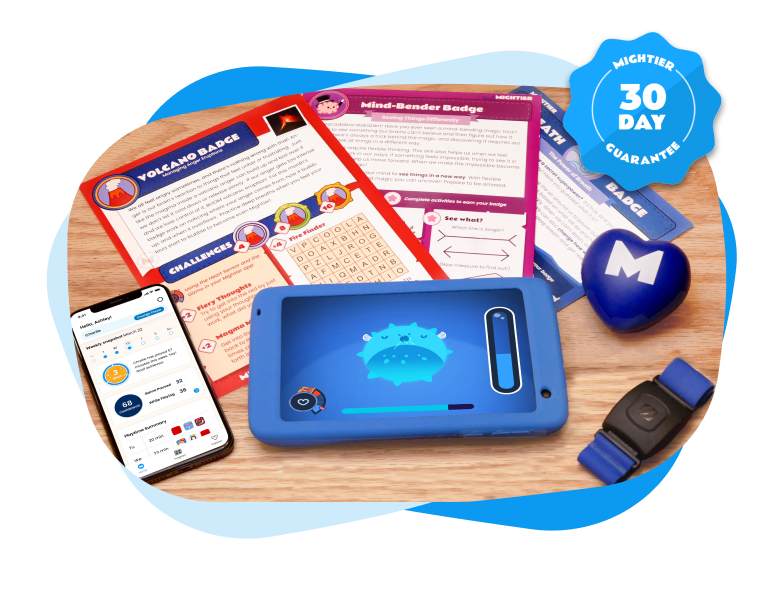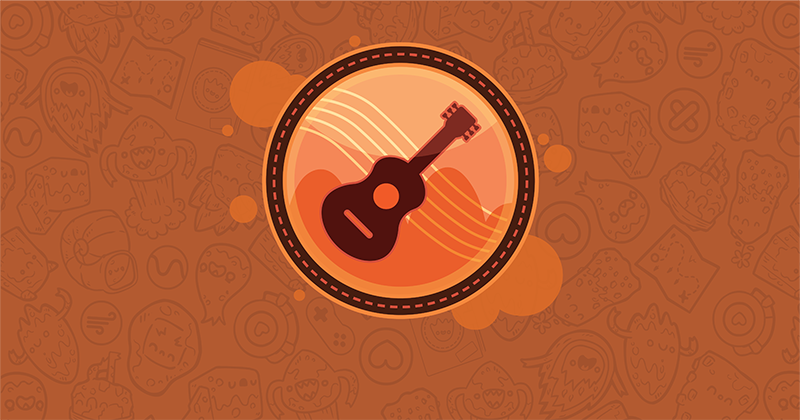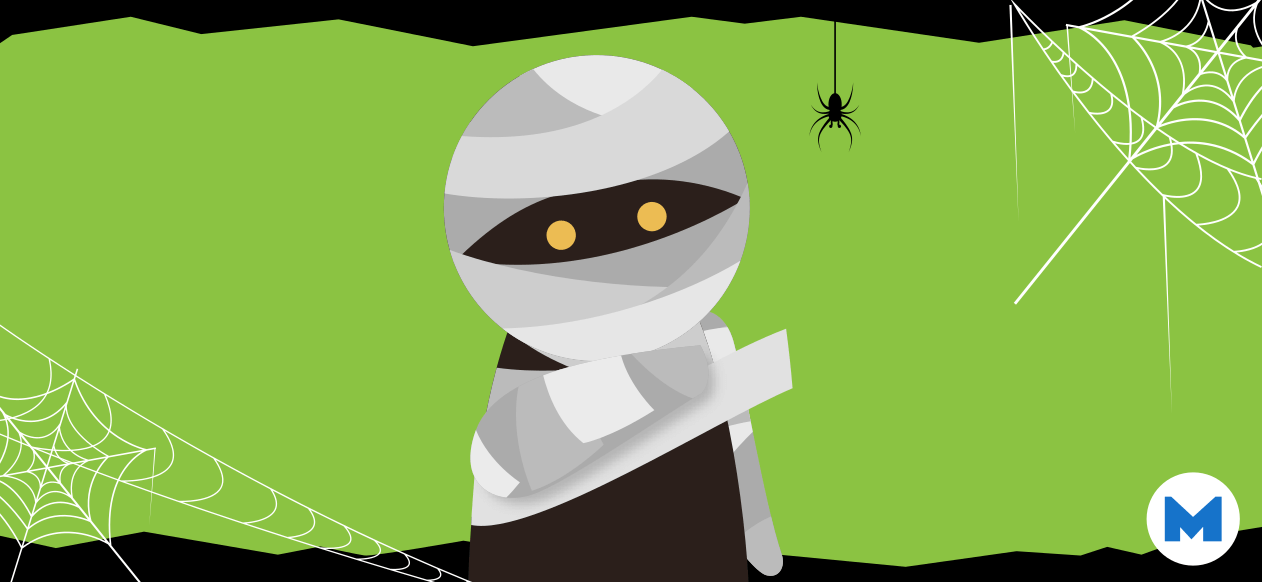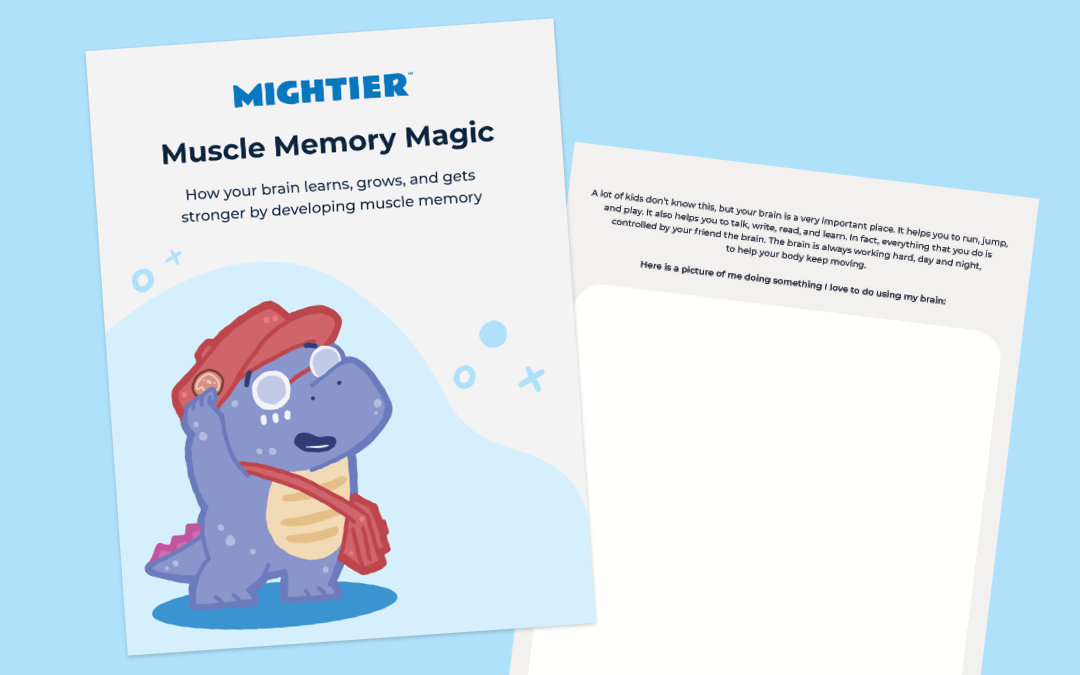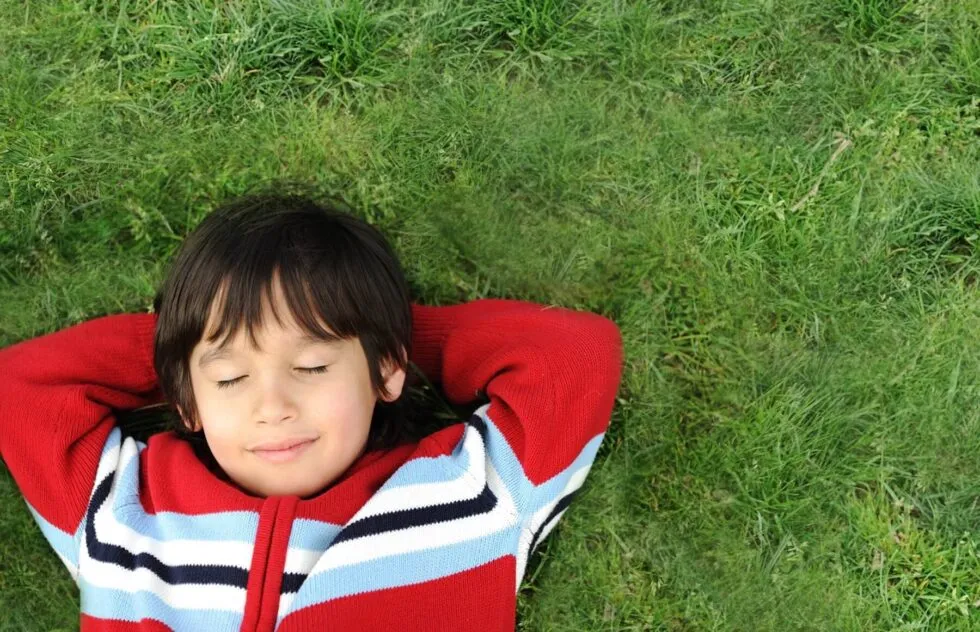Anxiety is a visceral feeling; a fight-or-flight reaction to an often unknown antagonist. It can be frustrating to witness and debilitating for your child to experience. Here are some ways to help kids manage anxiety so they face the future comfortably and with confidence!
1. Mindfulness
Incorporating the concept of mindfulness into your life does more than just help kids––it can easily become a self-care project for the whole family. While it’s certainly true that a mindfulness practice has significant benefits for easing symptoms of anxiety, it’s also an easy way to find more gratitude, relaxation, and enjoyment in your everyday life, regardless of your age or general state of mind. Mindfulness can mean many different things, but, in essence, it’s all about focusing on the here and now. Deep breathing exercises, enjoying simple physical sensations like how your bare feet feel in the grass, and redirecting your attention to positive thoughts are all components of a mindfulness practice. There are many ways to get started with family mindfulness practices. For example, you can download a mindfulness app, pick up family-friendly books to help guide you, or ask each family member to share a positive affirmation around the dinner table to ease your way into a consistent mindfulness practice.
2. Art projects
Creativity has a way of inspiring confidence and provides a low-pressure outlet for communicating complicated ideas and emotions. Art is helpful for coping with anxiety, and it encourages self-exploration, allows participants to get a little messy, and is a fun way to explore new sensory experiences. Work with printable coloring sheets and crayons, sculpt something from play dough, make homemade slime, or cut out images from magazines and use glitter glue to create a collage or vision board. The options are endless, but be sure to always emphasize the importance of just having fun versus being paralyzed by perfectionism. Provide some guidance, such as asking your child to create a self-portrait or to depict a certain event or emotion, or let them plan their own project and discuss what it means to them later. You could also incorporate elements of cognitive behavioral therapy into your art activity by inviting your child to decorate a “worry box.” When they’re feeling anxious, help them write their feelings down, ask them if they can think of any actionable steps they can take to alleviate those fears, such as studying or practicing, and suggest that they drop that discomfort into their worry box once they’ve given it the attention that it deserves. Sometimes just recognizing a concern and choosing to let it go can be helpful towards relieving anxiety.
3. Physical Activity
Burning off extra energy is good for the mind and body, and is essential to having a healthy childhood. Make sure your child gets plenty of time outdoors, but also consider getting them involved with a sport or activity to help improve self-esteem. If your child struggles with social anxiety, explore options like martial arts, yoga, tennis, track and field, horseback riding, golf, or gymnastics. These types of sports and activities might help them experience social interaction and the sense of accomplishment that comes with personal improvement, without the pressure of team sports. Physical activities like the ones listed above are particularly beneficial because it’s easy to witness your own progress as you refine the necessary skills, which gradually builds confidence.
4. Healthy distractions
Making a concerted effort to keep your brain busy is helpful when it comes to quieting a racing mind. Encourage your child to read their favorite books, make a habit of journaling, or squeeze a stress ball if they’re experiencing the physical discomfort that often accompanies anxious thoughts. Help them practice redirecting their focus from their internal dialog to something external that they can concentrate on. Recognizing anxiety for what it is and identifying healthy coping mechanisms to manage it can help anxious kids grow into confident adults. If you suspect that your child is struggling with childhood anxiety, help them understand what they are experiencing, research options such as meditation and mindfulness, cognitive behavioral therapy techniques or other self-help strategies, and consider scheduling therapy sessions or other professional help if your child continues to have a hard time managing their anxiety.
5. Journaling
For many people, taking the step of naming their anxiety, or the source of their anxiety, is a powerful step towards feeling better. Some kids are able to name their anxiety in conversations with trusted family, friends, or professionals, while many have a difficult time talking about their anxiety at all. For kids in both of these situations, having a journal – a place where they can have a conversation with themselves about their anxiety- can be very helpful. And there are many different types of journals, so there is something for almost everyone. With a quick look online or in a bookstore, you can find structured journals, with activities and prompts, journals full of blank pages, and everything in between. And if your kid is not interested in journaling, that’s fine too. The best kind of anxiety-calming activity for any kid is the one that they enjoy and that helps them feel even just a little bit better.
Note from Mightier Clinicians
Anxiety disorders come in many shapes and sizes, and can include everything from the discomfort of mild separation anxiety to the sensation of physical terror that accompanies panic attacks. Some young children are born worriers who will outgrow their feelings of anxiety as they gain more life experience. Others may be suffering from generalized anxiety disorder and might need cognitive behavioral therapy, family therapy, or other professional intervention in order to make progress with their mental health. Whatever the severity of your child’s anxiety is, there are many home activities that can help.








